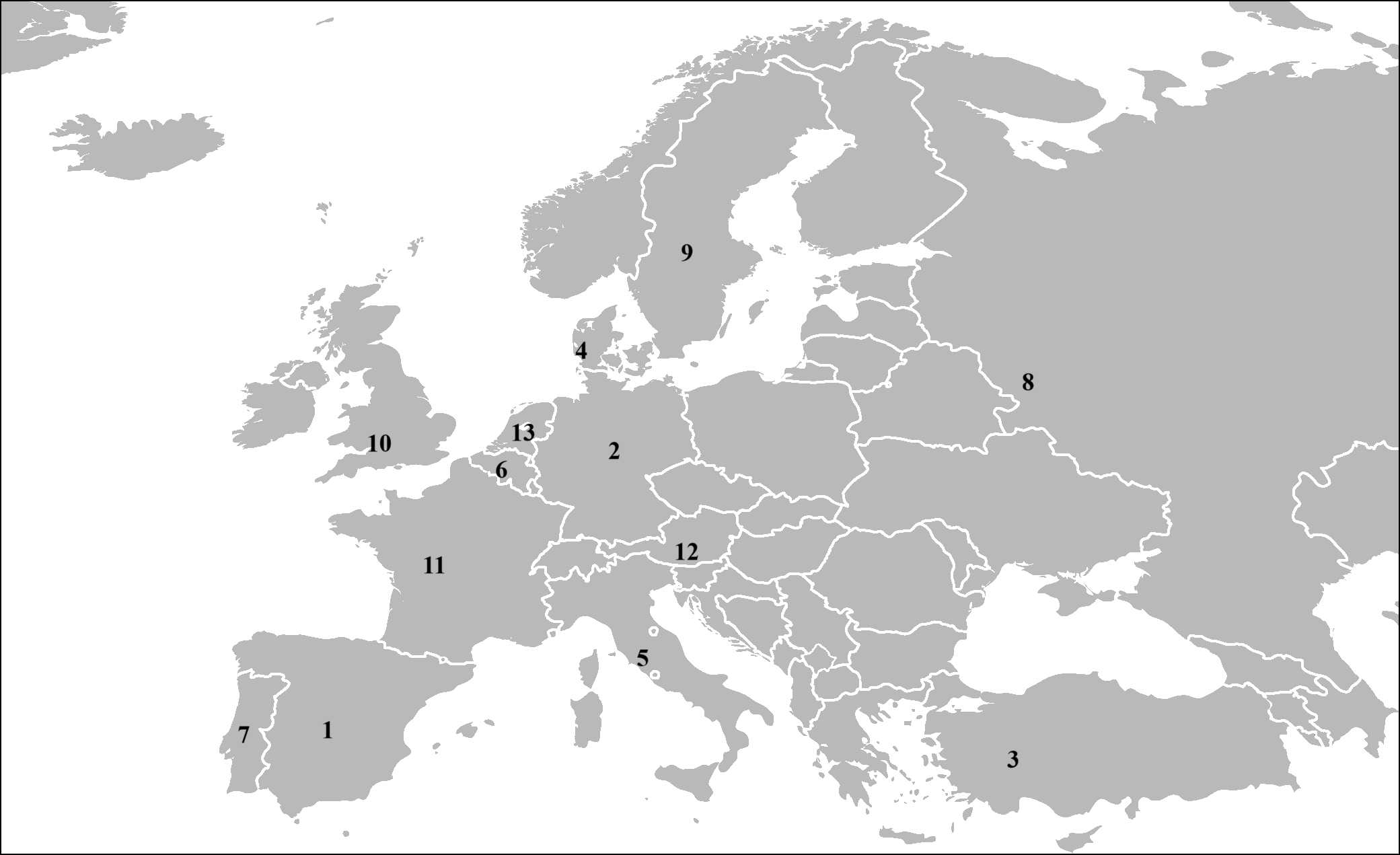
Dynasties Trivia Quiz
How much do you know about the royal houses that have ruled over Europe throughout the centuries? Test your knowledge of past and present European dynasties with this label quiz!
A label quiz
by LadyNym.
Estimated time: 3 mins.
